
Are you new to the craft brewing scene? It can be equally exciting and overwhelming; there is so much information about storing and distributing your products to catch up on!
By now, you've probably heard the beer container names of crowlers, bombers, growlers, and maybe a few others that are currently in use. So, how does a brewery decide which containers to use and how they are going to use them effectively? This guide will walk you through all of the pros and cons that each container has to offer for you and your customers.
What is the Difference Between All These Beer Containers?
Before we can get into the pros and cons, we first need to identify the various options available to you. There are several different types of glass bottles and aluminum cans independent breweries can employ to distribute their lovingly crafted pilsners, pale ales, and stouts.
Crowlers: The Modern Twist in Beer Packaging
You’ve definitely heard of growlers, but now there are crowlers, too. Crowlers are a comparatively recent addition to the lineup, though they are rapidly gaining popularity. These 32-ounce aluminum cans are designed to be filled and sealed on-site using professional canning equipment. They are not resealable, but they can be shipped easily. You can read up on the history of Crowlers here. (A quick TLDR: A Denver brewery in 2002 is credited with the creation of crowlers).
Bombers: The Classic Beer Container
Next up is the Bombers. A bomber, “deuce,” or 22 usually refers to an oversized glass bottle that holds 22 ounces of beer. They are usually sold individually instead of in packs of 6 or more. Bombers have been around for a long time and have often been used to store and ship specialty beers, like those with a high ABV. These bottles are less popular today than they once were because of the rise of cans, but breweries who want to score points for authenticity can include this beer container in their offerings.
Growlers: The Refillable Revolution
Finally, Growlers are one of today's hottest sellers. A growler is a refillable container that holds 64 ounces of beer. People buy growlers and take them to their local breweries to be filled at the tap. Then, they can seal it up and take it home. Growlers are traditionally made of glass, and they look more like a jug than a beer bottle. Some companies also make half-Growlers, called Howlers.
Which Beer Container is Right For You?
Now that you understand what each term means, we can compare them side by side to choose the right product for you. Crowlers are extremely popular among breweries who want to sell beer in stores as well as in their brewery. Crowlers use all of the same packaging practices that regular canned beers use, maintaining the freshness of the product. In addition, the cans are lightweight and cost-effective, so you can buy them, fill them, and ship them out the way any large-scale operation would. The biggest benefit is that customers love the large size of the cans.
Bombers tend to be used only for special releases and visual displays. They look great, and the dark glass protects the beer from sunlight and air penetration. However, glass bottles are already pretty expensive, and buying glass bottles in an unusual size can become quite costly. If you are doing a limited release and you want to ship your beer in a collectible bottle, this might be the right choice for you.
On the other end of the spectrum, Growlers represent a great opportunity for both your beer and your marketing. Growlers must be filled on-site at your brewery, which means you need to be prepared to handle the demand. However, consumers love being able to fill up a growler and take it home with their favorite beer of the week.
While the growler can be opened and resealed multiple times, it does somewhat degrade the quality of the beer over time. Still, most buyers are willing to take the tradeoff in order to have your beer in their home, especially since the first pour comes from the freshest possible source. Even with a screw-top lid, you can't completely avoid air getting through the seal. In addition, Growlers are large and heavy, and they do not ship well.
These are best as local products that consumers can take with them when they leave your brewery and refill whenever they make a trip back. On the plus side, consumers typically get a good deal on filling up a growler to take home, which leads to repeat customers. Having a growler stamped with your brand name in their fridge is a good reminder that they need to revisit your brewery. And don’t forget about the howler, the half-size growler for those intimidated by a full 64 ounces of beer to take home.
How Do I Label These Craft Beer Containers?
Each of these craft beer container options provides different challenges and opportunities when it comes to labeling them and putting your unique stamp on them.
There are generally two kinds of labels when it comes to beer containers: Front-and-back or wraparound, which are pretty self-explanatory. However, the unusual jug shape of growlers and howlers provides an additional branding or labeling opportunity: the small mouth of the bottle provides more space where an emblem can live.
Cans or crowlers can also be labeled with a shrink-sleeve, which is a more economical option for wraparound labeling. Shrink sleeves are waterproof as well, which is another reason craft beer breweries might consider them.
More Beer Container Considerations: Reusability & Sustainability
When you are deciding what type of beer containers to use at your brewery, you may find environmental consciousness becoming a growing factor in your branding. While plastic is rarely used as a beer container, it is still commonly used as a can carrier component. However, the concern over sustainability has led to more options, including biodegradable can and bottle carriers. Suppose sustainability is a concern of your business or your target audience. In that case, it isn’t a bad idea to look into what options you have for recyclable or biodegradable bottling and labeling options as well.
According to the Alliance to End Plastic Waste, recycled aluminum cans are the most sustainable option when it comes to beer containers. Aluminum can be recycled over and over without damage to its quality. While crowlers are single-use items, choosing recycled aluminum can lower your business’s carbon footprint.
While glass containers take more resources and time and produce more emissions, the fact that growlers and howlers are not single-use makes their environmental impact much less. One of these glass containers bearing your brand label can be used, cleaned, and reused over and over, bringing fresh craft beer into your customers’ homes along with the warm and fuzzy feeling of one less item in a landfill.
Whether You Choose Aluminum or Glass Beer Containers, Ensure They’re the Right Fit For You
With crowlers, bombers, and growlers, you can put your products in the hands of many different consumers at once. Each type of container serves a different need for your products and customers. You will likely find that a mix of two or more container types helps you reach a wider audience. Just remember you want all of your containers to present a consistent image of your brewery. That's why you need to schedule a free beer labeling consultation with Pack Leader USA today.
.webp?width=200&height=114&name=2x-Packleader-logo-large%20(1).webp)

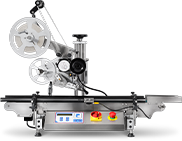
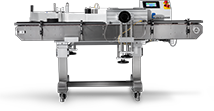
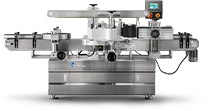
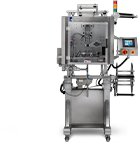
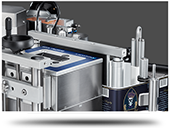
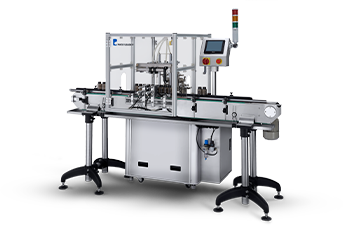
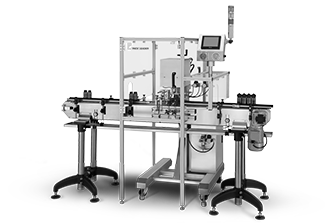
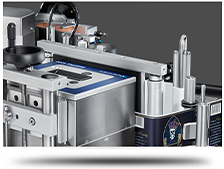
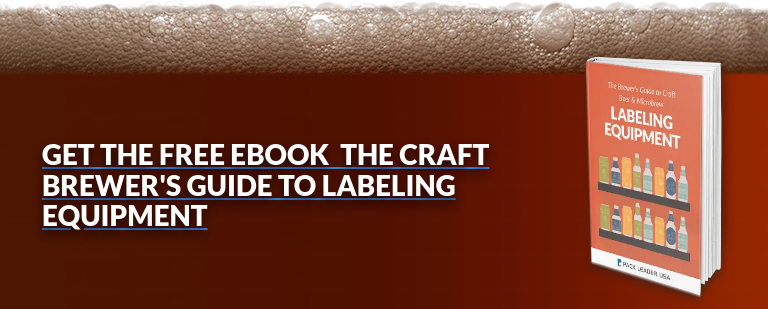





.webp?width=360&name=2x-color-logo%20(1).webp)